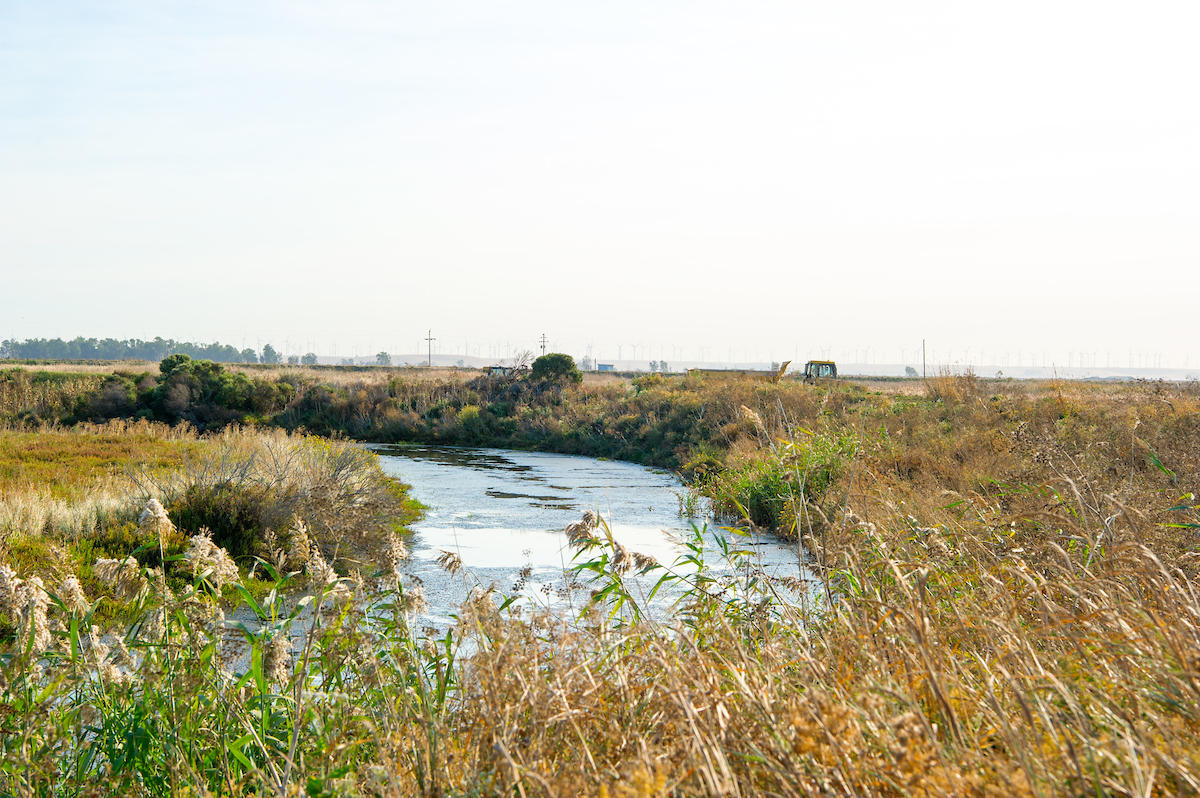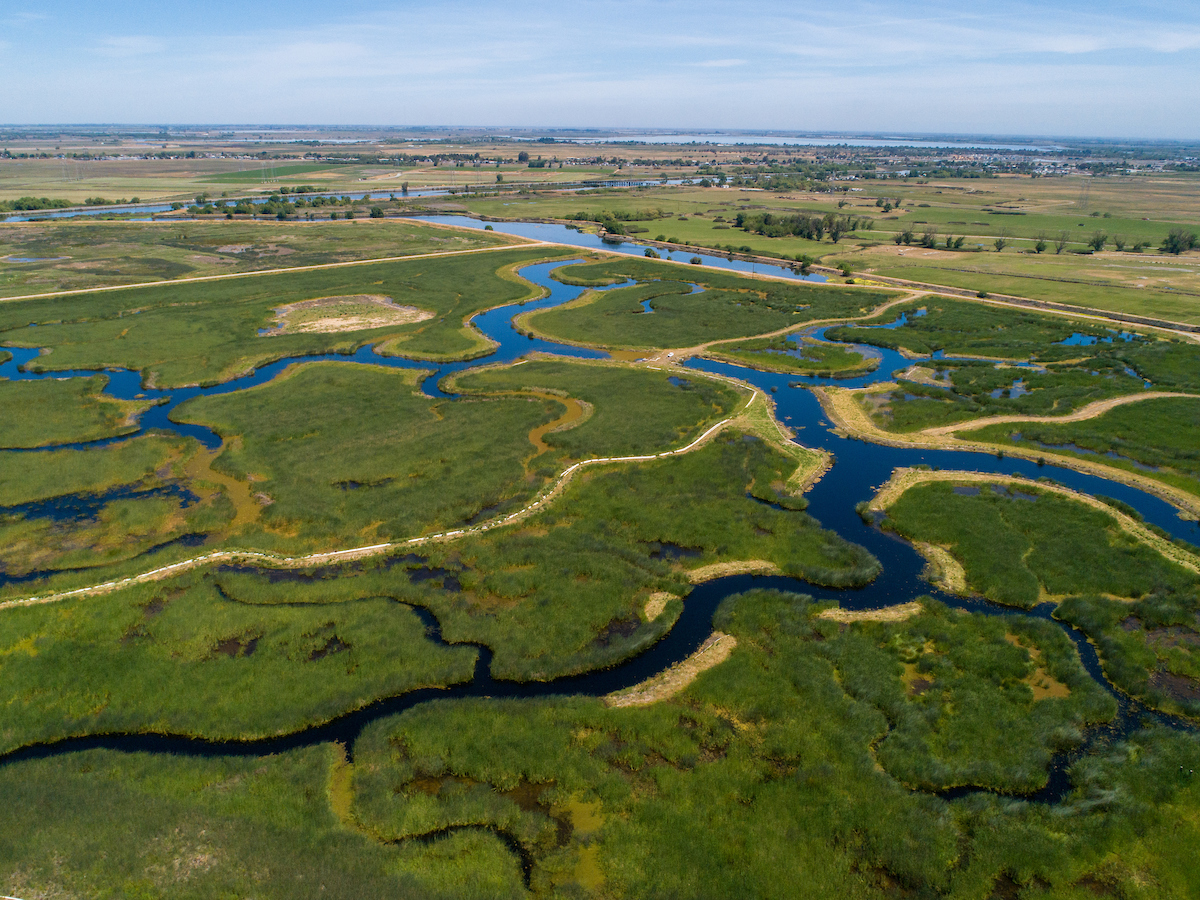The Measure
This measure supports a resilient and functioning Sacramento-San Joaquin Delta ecosystem by calling for increased funding for projects that possess attributes to restore ecosystem functions.
-
Expectations
- Funding increases for large-scale projects that restore hydrological and geomorphic processes, improve connectivity, support native vegetation communities, and contribute to the recovery of special-status species that help to restore ecosystem functions
-
Performance Metrics
- Project funding of covered actions that file a certification of consistency under ER Policy “A”: Disclose Contributions to Restoring Ecosystem Function
*The Webb Tract Project did not need to file consistency with the Delta Plan due to meeting requirements for a California Environmental Quality Act statutory exemption (SERP) for restoration projects. However, project proponents for the Webb Tract project still conducted an analysis of their consistency with the Delta Plan. Additional discussion on SERP is further below.
Statutory Exemption for Restoration Projects
Since 2021, restoration projects that meet certain requirements may file for CEQA statutory exemption (SERP) through California Department of Fish and Wildlife's Cutting the Green Tape (CGT) Program. The SERP program has been extended through January 1, 2030 (SB 174). Projects that qualify for SERP are not required to conduct a certification of consistency with the Delta Plan.
The Delta ecosystem is naturally dynamic in response to a variable climate and variable river flows. A sustainable Delta ecosystem needs to be large, diverse, and structurally complex to accommodate this variability and sustain native species communities.
A healthy Delta ecosystem requires the re-establishment of tens of thousands of acres of functional, diverse, and interconnected habitat. Restoration projects need to have specific attributes to ensure restoration areas provide ecosystem functions and maximize the effectiveness of individual ecosystem protection, restoration, and enhancement project that together support a resilient, functioning Delta ecosystem. These large-scale priority projects restore hydrological and geomorphic processes, improve connectivity, support native vegetation communities, and contribute to the recovery of special-status species. Funding is needed to implement and support these projects and the multi-benefit projects that go beyond impact mitigation.
This performance measure tracks the total funding of priority restoration projects proceeding through the Council’s covered action process, according to the definition in the Delta Plan ER Policy “A.” Only projects that are designated as tier 1 or tier 2 projects are tracked in this measure.
- Tier 1 projects are projects with all five priority attributes.
- Tier 2 projects are projects with priority attribute number five, Contributing to the Recovery of Special Status Species, and three of the four remaining attributes. The priority attributes are further discussed in the section below.
A high-priority attribute project consists of the following:
- Restoring Hydrological, Geomorphic, and Biological Processes – Projects targeting the re-establishment of these processes, also known as process-based restoration, are key to improving habitat characteristics related to habitat patches, vegetation community composition, and habitat requirements for sensitive species.
- Being Large-Scale – Projects that cover large areas and longer time frames will increase the chances of creating natural systems capable of sustaining desired functions in uncertain future environmental conditions. Large intact core areas with minimal human intervention are important for facilitating ecological interactions that are important to species persistence.
- Improve Connectivity – In the Delta, connectivity means unobstructed flow through the channel system such as connections between channels and floodplains and connections between surface water and groundwater. Various aspects of connectivity are important in supporting biodiversity in riparian and wetland systems. Improving connectivity will increase ecosystem resilience and the adaptive potential of a rapidly changing climate.
- Increasing Native Vegetation Cover – Restoring native vegetation cover is important as a variety of native vegetation can promote ecological resilience and enhance native biodiversity by providing a range of habitat options for species, thus expanding the types and number of species that a landscape can support. Over the last 160 years, the loss of native vegetation cover has greatly reduced habitat complexity in the Delta.
- Contributing to the Recovery of Special Status Species – At least 35 native plant species and 86 fish and wildlife species in the Delta are at varying risks of either local extirpation or outright extinction. Habitat loss and degradation, and the resulting impacts on food-web dynamics, have been a major cause of the at-risk status of these species. Supporting ecosystem functions such as nutrient transfer and primary production is an important requirement for the recovery of these species.
For further information regarding ER Policy “A,” please see Appendix 3A.
Each chapter of the Delta Plan includes strategies to achieve the goals of the Plan. These strategies are general guidance on achieving the objective laid out in the Plan and in the Delta Reform Act of 2009. Associated with these strategies are recommendations. The recommendations describe more specific and implementable actions to support the achievement of Delta Plan strategies. Strategies and recommendations may also have associated performance measures. These performance measures track progress in achieving desired outcomes for the Plan. Below are the strategies and recommendations associated with this performance measure.
Strategy
- Restore Ecosystem Function
Recommendations
- Disclose Contributions to Restoring Ecosystem Function and Providing Social Benefits
- Increase Public Funding for Restoring Ecosystem Function
Metric
Project funding of covered actions that file a certification of consistency under the New ER Policy “A” (Disclose Contributions to Restoring Ecosystem Function). This metric excludes funding for projects that do not include protection, enhancement, or restoration of the Delta ecosystem. This metric will be reported annually.
Baseline
Set at zero as of the effective date of New ER Policy “A.”
Target
By 2030, 80 percent of total funding for covered action projects that file certifications of consistency with New ER Policy “A” is for projects with Ecosystem Restoration Tier 1 or 2 attributes.
Methods
- Access the Council’s Covered Action Portal via Administrator access.
- Download an excel sheet of all certifications.
- Compile certifications that are consistent with ER Policy “A”.
- Sum the total funding of those certifications and calculate the percentage of funding of those certifications that have High Tier Attributes.


